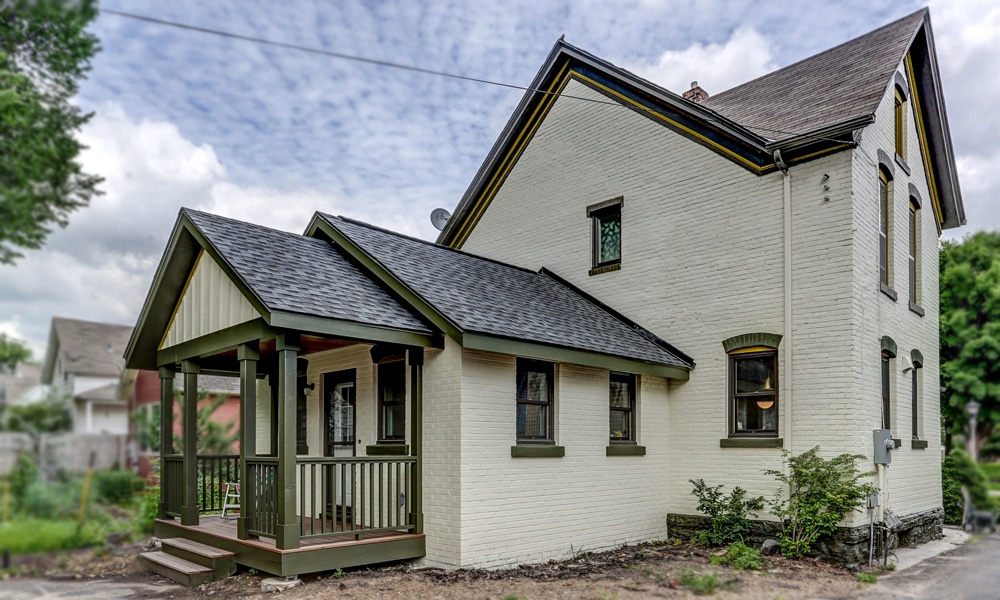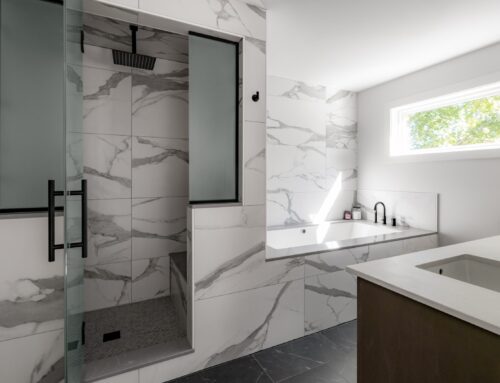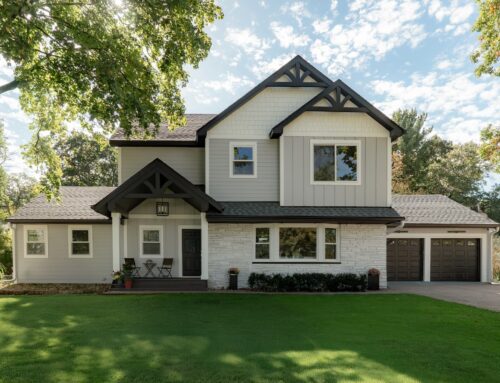Do you own a gorgeous historic home that could use some renovation?
If you live in the North Star State, you’re in good company. A survey by Old House Web determined, for example, that the Minneapolis area boasts some 112,500 homes built before 1919, ranking it in the top five among America’s major metro areas.
As you proceed with renovations, however, you’ll want to keep in mind that fixing up historic homes is seldom as straightforward as working with newer ones.
“Restoring a historic house is no small undertaking,” writes Robert Khederian on Curbed.com. “Not only does special care need to be taken when dealing with old structures and building materials, but old houses are full of surprises, and costs can add up quickly.”
As such, here are some suggestions before getting started.
- Think about consulting with an architect who’s experienced in historic preservation. He should be able to advise you on how to make your home livable by today’s standards without sacrificing its original design aesthetic or historic integrity. “The new addition and renovation should flow in harmony with the existing components, in such a way that one might not even notice the original part was built during the Colonial times and another part was recently added onto,” explains architect Warren Claytor in Thescoutguide.com.
- Be aware of any regulatory requirements for renovating historic homes in your area.
- Consider whether the changes you want are worth irreversibly eliminating unique original features. The key is to balance historical integrity with comfort and safety; that may or may not involve embracing imperfections such as uneven floors, mismatched brickwork or energy-inefficient windows. “I would rather maintain the integrity of three compelling rooms and compromise the fourth, rather than chop away at all four and be left with four average spaces,” notes Steven Gambrel in the Curbed article. “That’s where the beauty, charm, and quirkiness of a renovation is.”
- While ROI must be considered, you’re more likely to retain your home’s historic value if you don’t replace high-end features with low-end materials. That may mean starting small and/or taking your time so you don’t have to scrimp. “Research what fully renovated houses sell for in the area, and let that inform how you structure your budget,” offers Gambrel. In some cases, you may need to undo the poorly conceived renovation efforts of the past; in others, you may unearth cool original features during your renovations.
- Take care of practical renovations before aesthetic ones. Be aware water damage can cause significant structural damage in older homes, especially when it comes to the structure bordering the foundation. Other common problem areas are roofs, windows, masonry, fireplaces, and chimneys.
- Ask experienced contractors whether and how you can renovate your heating, cooling and electrical equipment into split systems, breaking components into smaller units that may require less disruption of period details.
Finally, remember to expect the unexpected when it comes to your restoration. It’s a good idea to add an extra 5% to your per-project costs to account for the inevitable contingencies. Why?
“You’re only going to do this once, so for this one thing you might decide it’s worth spending a little more,” advises architect Stephen Chambers on Land.com. “And even though the architect has thought this through and the contractor has done a great job of bidding it, things come up on a historic building no one would have foreseen.”
Ready to embark on a renovation that will enhance the character of your historic home while bringing it into the 21st century? Call the experts at Titus Contracting at 952-746-7817 to take advantage of their experience and expertise.










